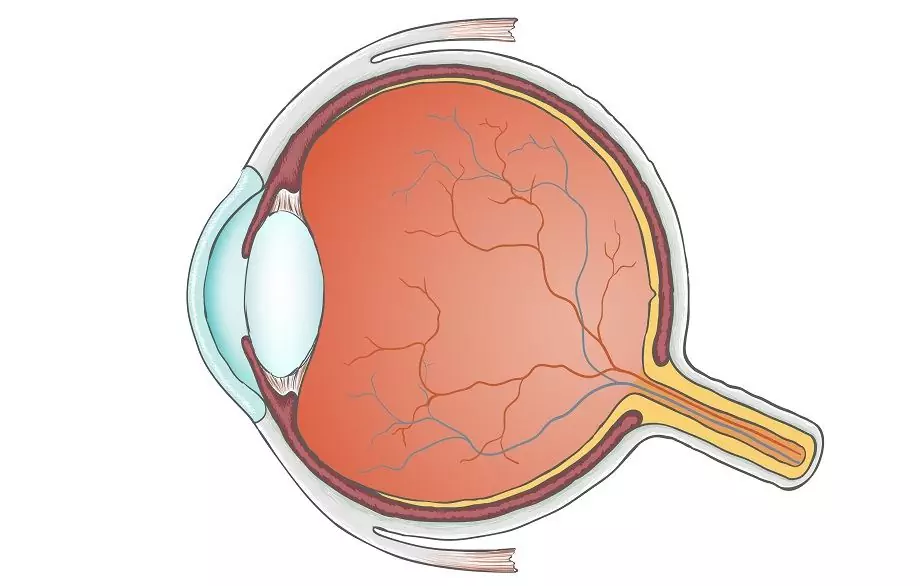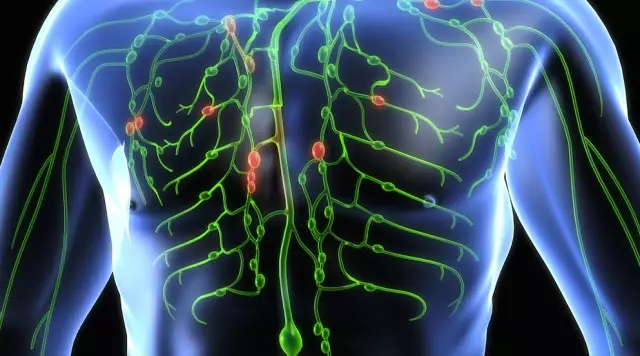- Author Rachel Wainwright [email protected].
- Public 2023-12-15 07:39.
- Last modified 2025-11-02 20:14.
Liver
General characteristics of the liver
The liver is a large, unpaired vital internal organ of a person, which is located in the abdominal cavity under the diaphragm and performs a huge number of all kinds of physiological functions. The liver is, first of all, a large digestive gland that produces bile, a barrier to toxic products of protein metabolism, an active participant in all types of metabolism.

Thus, the liver is a participant in digestion, circulation, and metabolism.
Liver structure
The liver is divided into two lobes: left and right. The left lobe of the liver, in turn, is divided into two secondary lobes: square and caudate.
According to Claude Quineau's scheme of dividing the liver into segments, it is divided into eight segments. A segment is a pyramidal area of the aggregate of the main functioning elements of the liver (parenchyma), which has a fairly independent blood supply, nerve endings, and bile outflow.
The parenchyma of the liver is lobular, which means that the lobule is a structural and functional unit of the liver. The structural components of the liver lobules are: hepatic plates, intralobular hemocapillaries, bile capillaries, cholangioli, perisinusoidal space of Disse and the central vein.
Liver function
As stated earlier, the liver has a ton of functions such as:
1. Neutralization of all kinds of foreign substances by converting them into harmless, less harmful ones, or into those that are easily removed from the body.
2. Neutralization of end products of metabolism and removal from the body of excess hormones, vitamins, etc.
3. Providing the body with glucose by synthesis from various energy sources.
4. Restoration of the reserve and storage of some vitamins.
5. Formation of cholesterol and its esters.
6. Synthesis of bilirubin and bile acids.
7. Synthesis of hormones and enzymes that are involved in digestion in the duodenum and other parts of the small intestine.
8. Serves as a storage site for a large volume of blood, which, if necessary, for example, with blood loss, is thrown into the general vascular bed.
But the normal performance of these functions can interfere with liver diseases such as cirrhosis, cancer, liver hemangiomas, various cysts and various viral infections.
The most common liver disease today is cirrhosis. Liver cirrhosis is a chronic liver disease that is characterized by a violation of the lobular structure due to an increase in the volume of connective tissue. Liver cirrhosis manifests itself in the form of functional insufficiency and a syndrome of high pressure in the portal vein system. The main cause of liver cirrhosis is chronic alcoholism, viral hepatitis, the presence of harmful organisms in the liver.
A liver cleanse can be used to treat the liver. For self-cleansing of the liver, it is necessary to give up bad habits, minimizing the load on the liver as much as possible. For a complete cleaning, you should consult a doctor who will personally prescribe a course of procedures and therapeutic measures.
If liver treatment is no longer possible, then modern medicine offers only one option - liver transplantation. Although this operation has been performed since the middle of the last century, its success rate is quite small - on average 55%.
Found a mistake in the text? Select it and press Ctrl + Enter.






